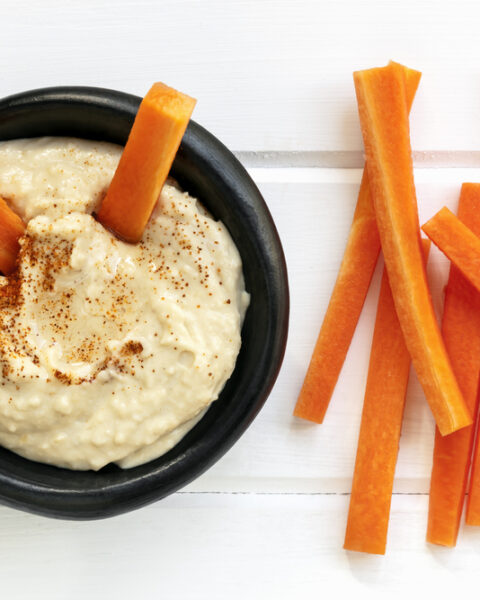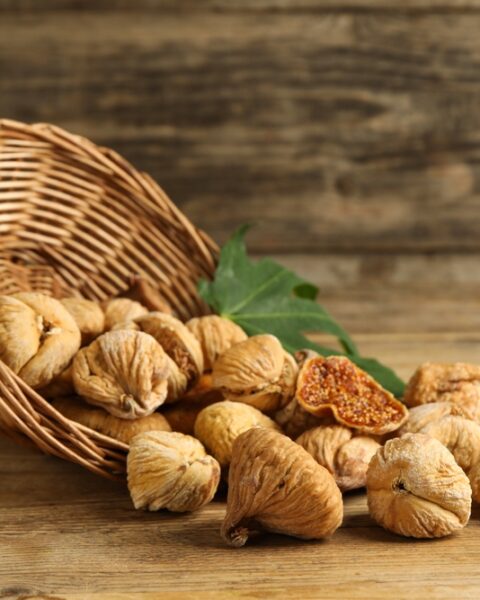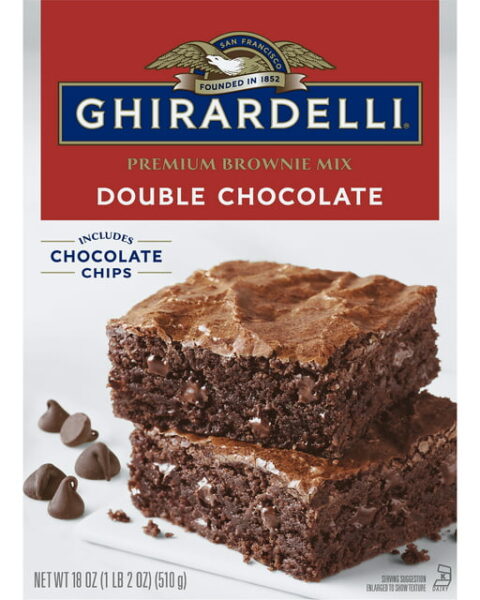Frying food at home can be a real treat, but it’s easy to slip up and end up with soggy, greasy, or downright disappointing results. We’ve all been there—thinking we’ve got it under control, only to realize something went wrong. The good news? Most frying mistakes are simple to fix once you know what to watch out for. Whether it’s choosing the right oil, keeping your breading intact, or handling that hot pan safely, a few tweaks can make a big difference. Let’s break down the common blunders and how to avoid them so your fried dishes turn out crispy, golden, and delicious every time.
Contents
- 1 Using the Wrong Type of Oil
- 2 Overcrowding the Pan
- 3 Inaccurate Oil Temperature
- 4 Using the Wrong Cooking Vessel
- 5 Not Drying Food Properly Before Frying
- 6 Skipping the Rest Period After Breading
- 7 Reusing Oil Excessively
- 8 Frying Straight from the Refrigerator
- 9 Neglecting to Season the Food
- 10 Using a Pot That’s Too Small
- 11 Not Monitoring the Oil’s Condition
- 12 Ignoring Safety Precautions
- 13 Using the Wrong Breading Technique
- 14 Not Allowing Oil to Reheat Between Batches
- 15 Frying Food Without Preheating the Oil
- 16 More From RetailShout
- 17 15 Korean Foods That Are Taking the Culinary World by Storm
- 18 15 Incredible Asian Fruits You Won’t Find at Your Local Grocery Store
Using the Wrong Type of Oil
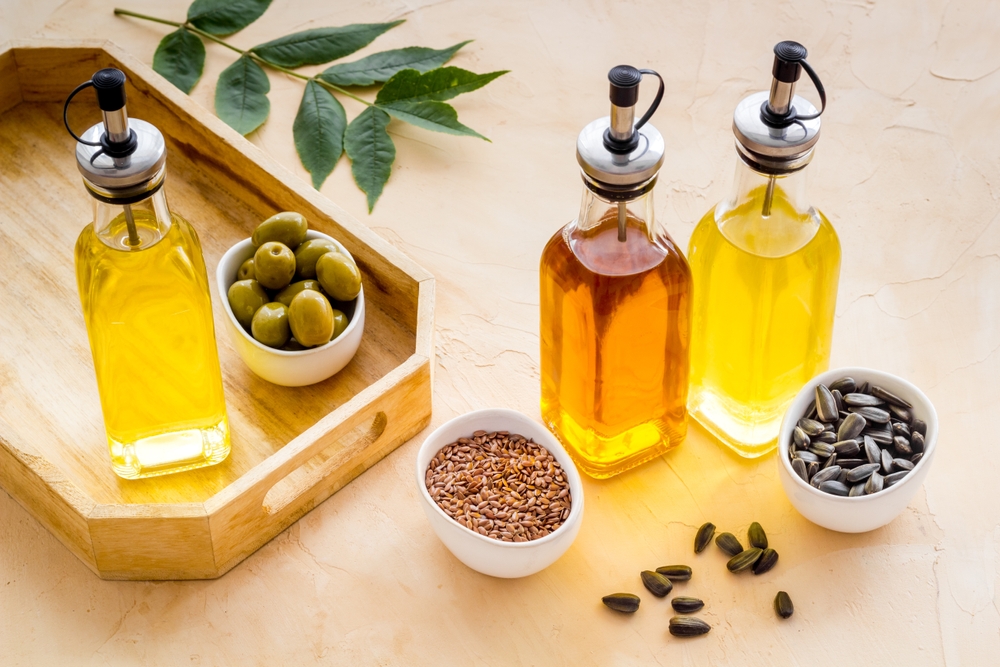
Choosing an inappropriate oil is a frequent error in home frying. Oils with low smoke points, such as extra virgin olive oil, can break down at frying temperatures, leading to off-flavors and the release of harmful compounds. It’s advisable to opt for oils with high smoke points, like canola, peanut, or sunflower oil, which remain stable under high heat and ensure a crisp finish. Additionally, these oils have neutral flavors, allowing the taste of the fried food to shine without interference. Regularly monitoring the oil’s condition during frying is essential, as even high smoke point oils can degrade if overheated or reused excessively. Discard the oil if it becomes dark, viscous, or emits a rancid odor, as these are signs of deterioration.
Overcrowding the Pan
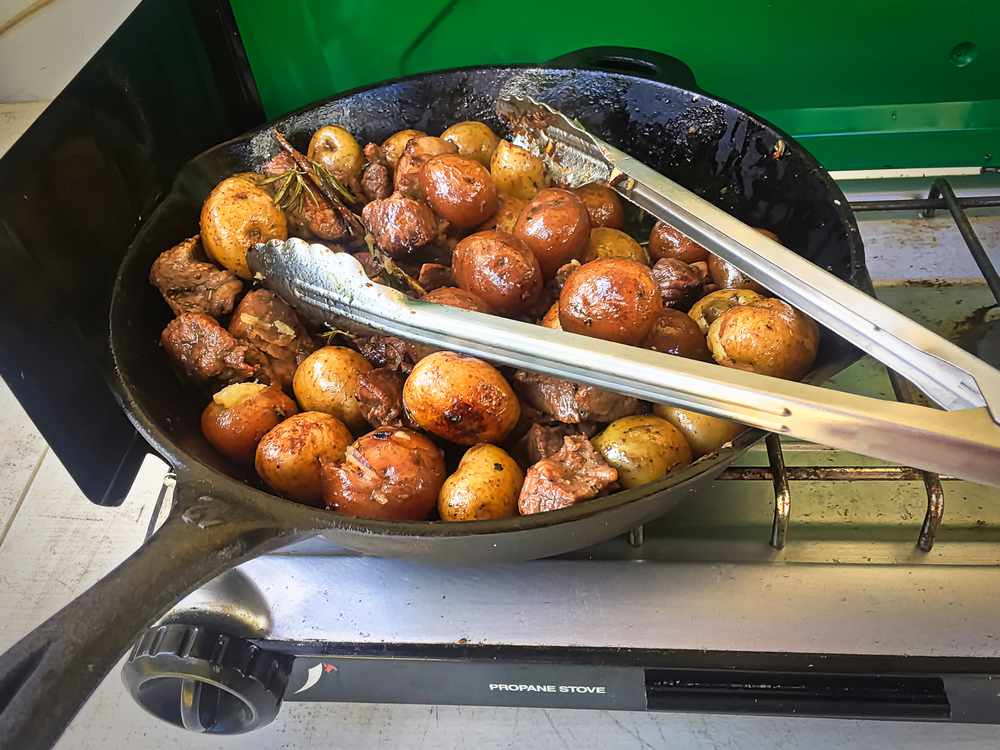
Placing too much food in the pan at once can rapidly lower the oil temperature. This drop in temperature causes the food to absorb more oil, resulting in soggy and greasy outcomes. To maintain consistent heat and achieve even browning, it’s crucial to fry in small batches, allowing sufficient space between pieces. Overcrowding can also lead to uneven cooking, where some pieces may be undercooked while others are overdone. Using a deep, heavy pot can help retain heat better, minimizing temperature fluctuations during frying. After each batch, allow the oil to return to the desired temperature before adding more food to ensure optimal results.
Inaccurate Oil Temperature
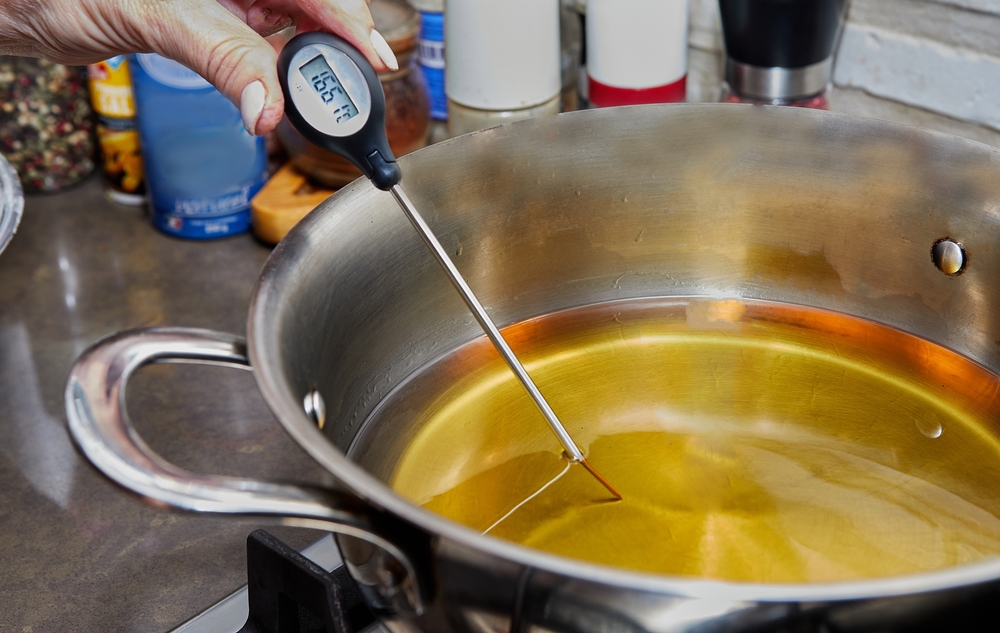
Frying at incorrect temperatures is a common pitfall. If the oil is too hot, the exterior of the food can burn while the interior remains undercooked; if too cool, the food becomes greasy as it absorbs excess oil. Utilizing a deep-fry thermometer is essential to monitor oil temperature accurately, keeping it between 325°F and 375°F, depending on the recipe. Maintaining the correct temperature ensures a crispy exterior and thoroughly cooked interior. It’s also important to adjust the heat as needed, especially when adding new batches of food, to maintain a consistent frying temperature. Regularly skimming off food particles from the oil can prevent burning and help maintain the oil’s quality and temperature stability.
Using the Wrong Cooking Vessel
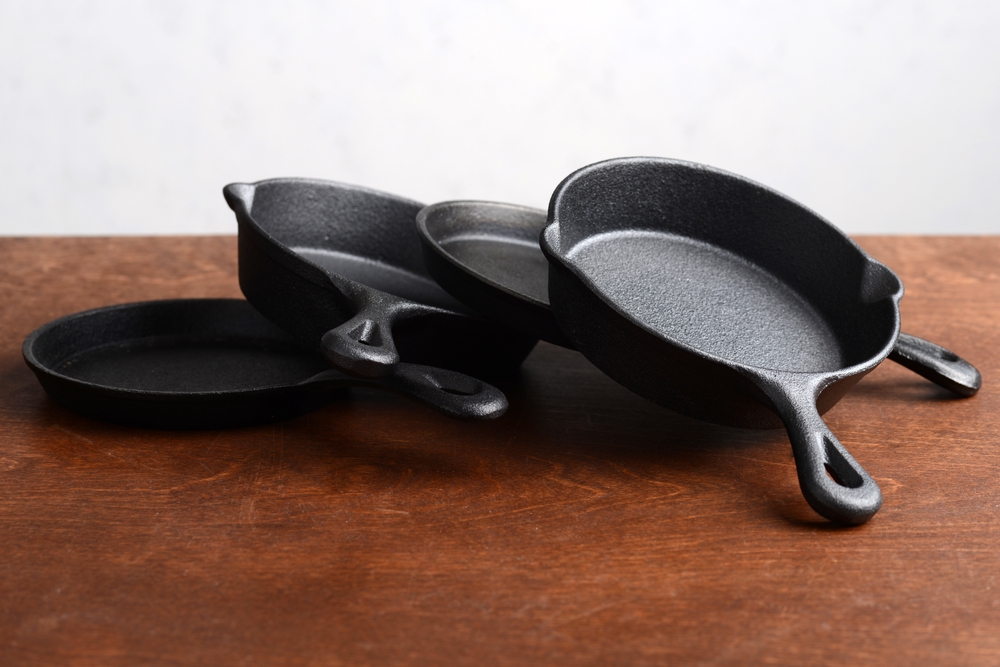
The choice of cookware significantly impacts frying outcomes. Shallow or lightweight pans may not retain heat effectively, leading to temperature fluctuations that can cause uneven cooking. A heavy, deep pot like a Dutch oven is ideal, as it maintains consistent heat and minimizes oil splatter. The high sides of such pots also provide a safety buffer, reducing the risk of hot oil spilling over. Additionally, using a pot with a wide opening allows for easier maneuvering of food items and helps prevent overcrowding. Always ensure the pot is large enough to accommodate the food without filling it more than two-thirds full with oil to allow space for bubbling and prevent overflow.
Not Drying Food Properly Before Frying
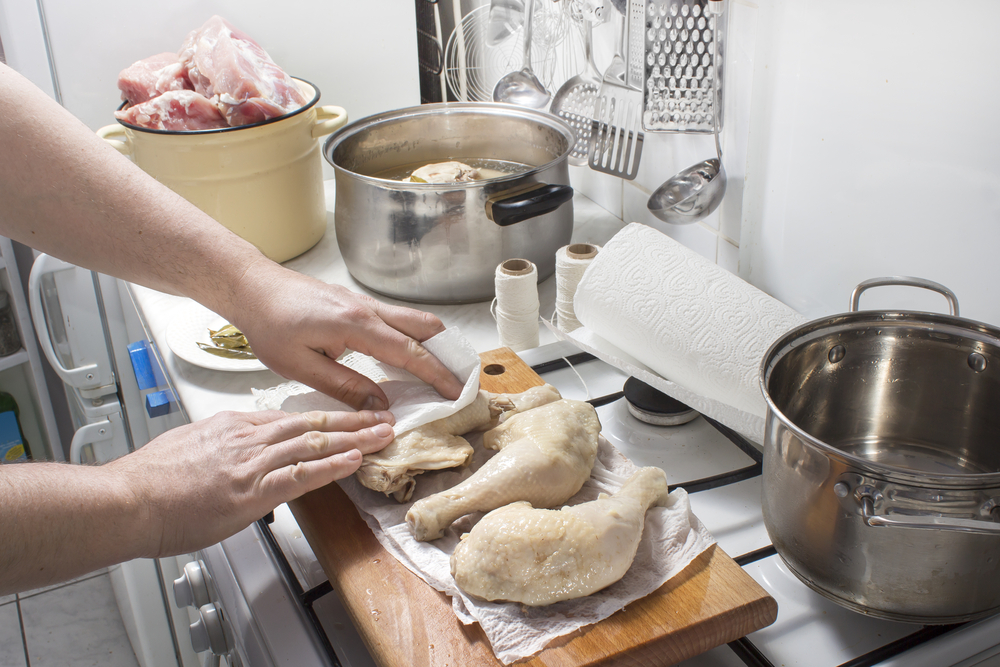
Introducing wet food into hot oil can cause dangerous splattering and degrade the oil quality. Moisture on the food’s surface turns to steam upon contact with hot oil, leading to oil displacement and potential burns. Always pat food dry with paper towels before frying to ensure safety and achieve a better crust. Excess moisture can also cause the oil temperature to drop, resulting in less crispy and more greasy food. For marinated or brined items, ensure they are thoroughly drained and patted dry to minimize moisture content. This practice not only enhances safety but also improves the texture and quality of the fried food.
Skipping the Rest Period After Breading
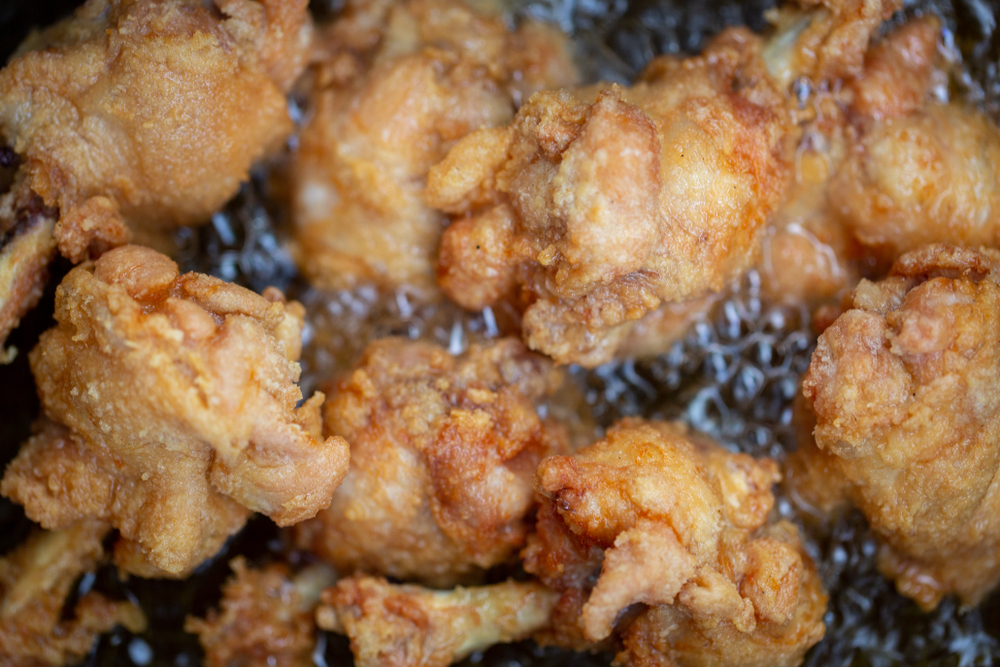
After coating food in batter or breading, it’s essential to let it rest before frying. This rest period allows the coating to adhere properly, reducing the likelihood of it falling off during cooking. A brief rest of about 10-15 minutes can make a significant difference in the final product’s texture. Resting also helps the coating dry out slightly, promoting better browning and crispiness. Placing the breaded items on a wire rack during this rest period prevents the bottom from becoming soggy and ensures even airflow around the food. Skipping this step can result in a patchy or uneven crust that doesn’t adhere well to the food.
Reusing Oil Excessively
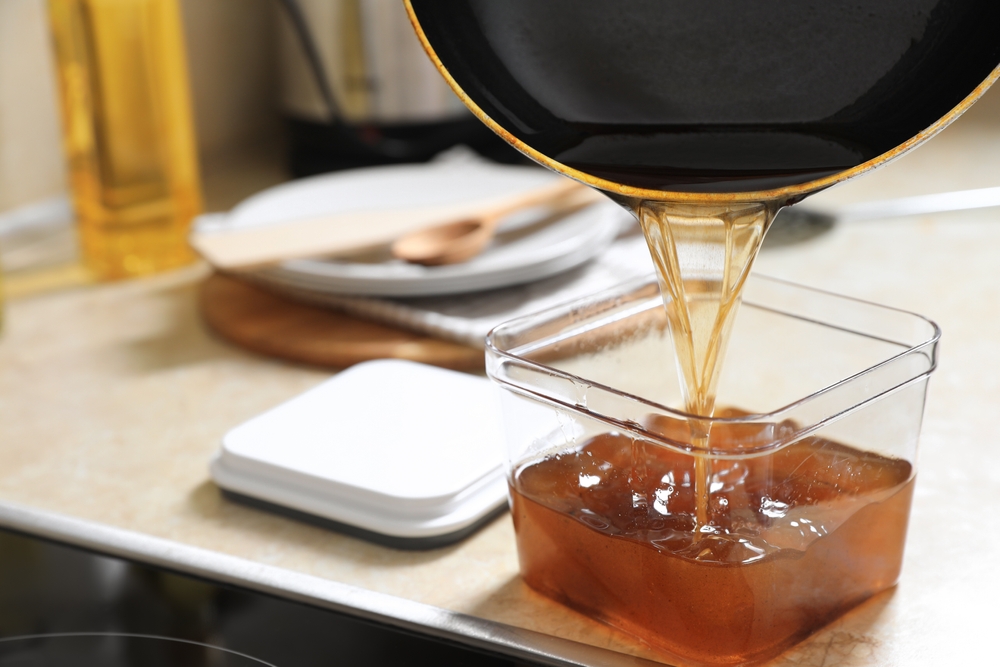
While it’s economical to reuse frying oil, doing so excessively can lead to degraded oil quality. Overused oil becomes dark, develops off-flavors, and can impart a burnt taste to food. It’s advisable to strain and store oil properly after each use and monitor its clarity and smell, discarding it when it shows signs of deterioration. Filtering the oil through a fine mesh or cheesecloth removes food particles that can accelerate spoilage. Storing the oil in a cool, dark place in a sealed container can prolong its usability. However, be mindful that each time oil is heated, it undergoes chemical changes that reduce its smoke point and can produce harmful compounds, so it’s important to replace the oil after several uses or if any signs of degradation are present.
Frying Straight from the Refrigerator
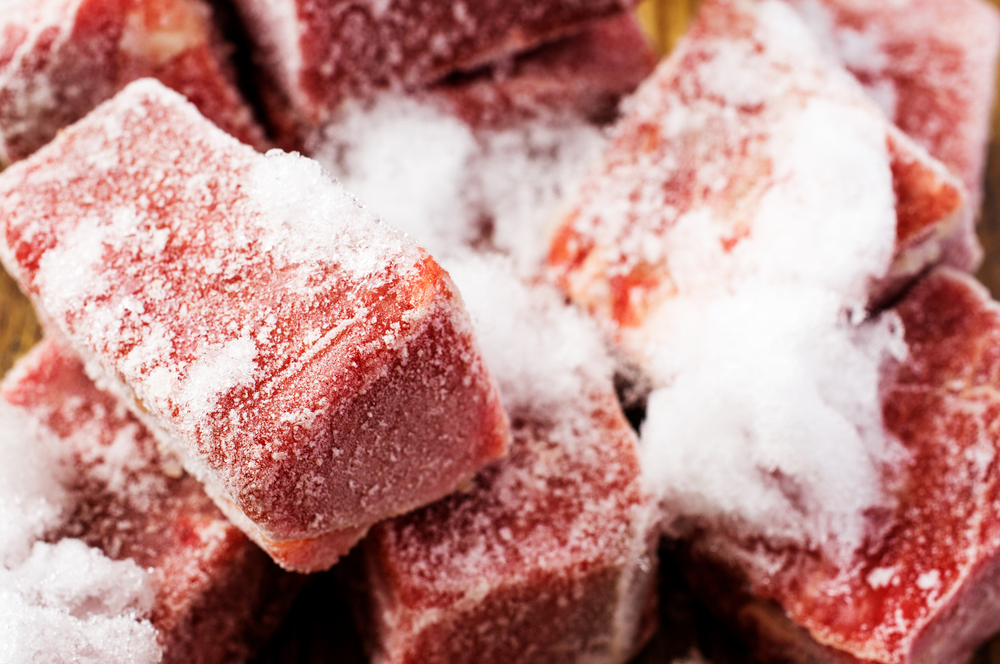
Introducing cold food directly into hot oil can cause the oil temperature to drop, leading to uneven cooking and increased oil absorption. Allowing food to come to room temperature for about 30 minutes before frying ensures more consistent results and a crispier texture. This practice helps the food cook more evenly, preventing the exterior from burning before the interior is properly cooked. Room temperature food also minimizes the risk of oil splattering due to sudden temperature changes. To streamline the process, prepare all ingredients ahead of time and plan for the resting period to avoid rushing the cooking process. This approach ensures better control over the frying temperature and results in a superior texture and flavor.
Neglecting to Season the Food

Forgetting to season food is a mistake that can lead to bland fried dishes. Seasoning before frying is essential to infuse flavor into the food itself and not just rely on dipping sauces or accompaniments. Adding seasoning to both the flour or batter and the item being fried ensures an even distribution of flavor throughout the dish. A light sprinkle of salt immediately after frying enhances the taste and helps maintain crispiness, as the hot surface allows the salt to adhere well. Experimenting with additional spices and herbs in the breading mixture can elevate the dish, giving it a unique and memorable flavor profile.
Using a Pot That’s Too Small
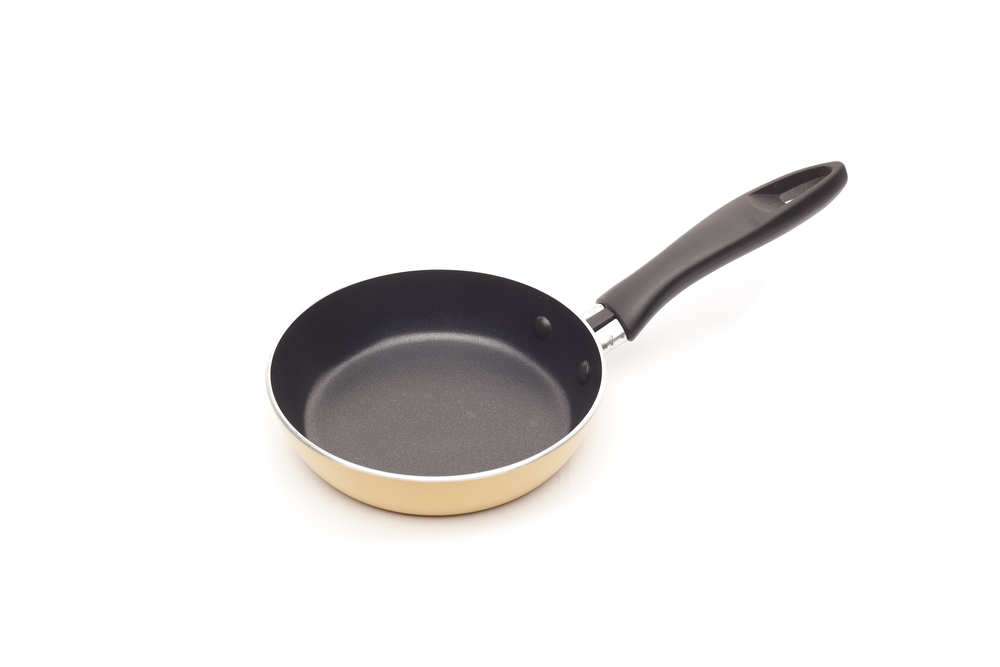
Frying in a small pot can lead to oil overflow, which is not only messy but also dangerous. A small pot doesn’t allow enough space for the food to move around, increasing the chances of uneven cooking and sticking. Using a larger, deep pot is safer and ensures there’s enough room for the oil to bubble up without spilling over. A wider pot also accommodates more pieces at a time without overcrowding, reducing the number of batches needed. Always fill the pot only two-thirds full with oil to leave adequate room for expansion and to prevent accidents.
Not Monitoring the Oil’s Condition
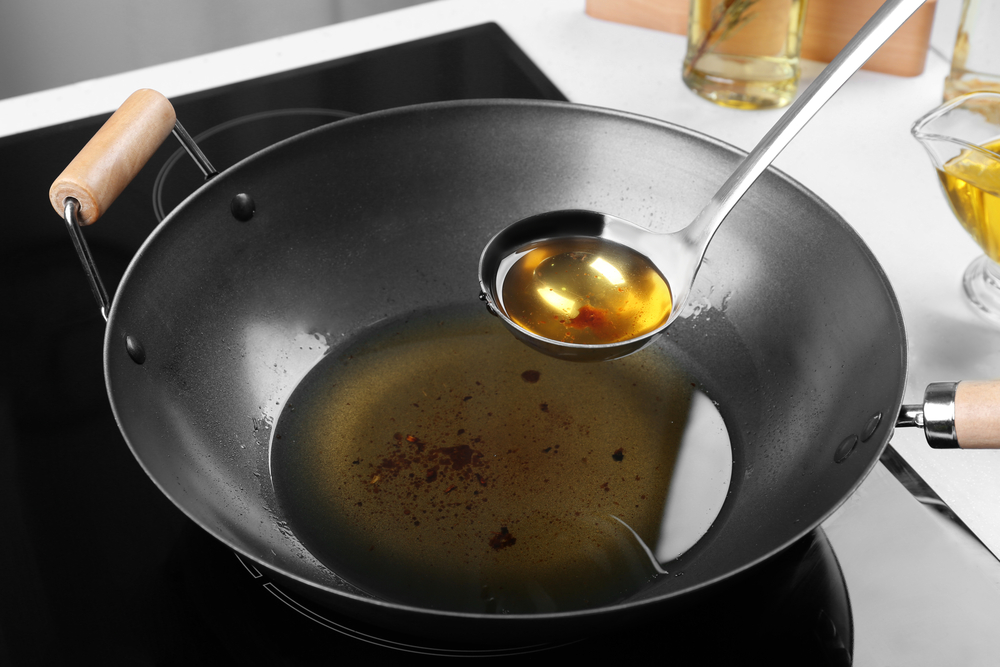
Over time, frying oil deteriorates, which impacts both safety and flavor. Signs of degraded oil include a dark color, foaming, or a rancid smell, all of which can result in food tasting burnt or unpleasant. Regularly checking the oil’s condition and replacing it when necessary is key to maintaining the quality of your fried dishes. Straining the oil after each use removes debris that could burn and accelerate the oil’s breakdown. By keeping the oil clean and fresh, you can achieve better results and prolong its usability.
Ignoring Safety Precautions

Frying involves hot oil, and failing to follow safety measures can lead to accidents, including burns and kitchen fires. Always use a thermometer to control the oil temperature, keeping it below its smoke point to prevent it from igniting. Ensure your frying setup is away from flammable materials and keep a fire extinguisher nearby as a precaution. Never add water to extinguish an oil fire, as this can cause it to spread. Additionally, always monitor the frying process closely, as unattended frying is one of the leading causes of kitchen accidents.
Using the Wrong Breading Technique

Improper breading techniques can result in a coating that slides off during frying or becomes soggy instead of crispy. To achieve a perfect crust, follow the three-step breading process: dredge the food in flour, dip it into an egg wash, and coat it with breadcrumbs or a similar mixture. Skipping any step weakens the coating’s ability to adhere and crisp up. Letting the breaded items rest for about 10-15 minutes before frying allows the coating to set and stick firmly to the food. Using this technique consistently ensures evenly coated and visually appealing fried dishes.
Not Allowing Oil to Reheat Between Batches
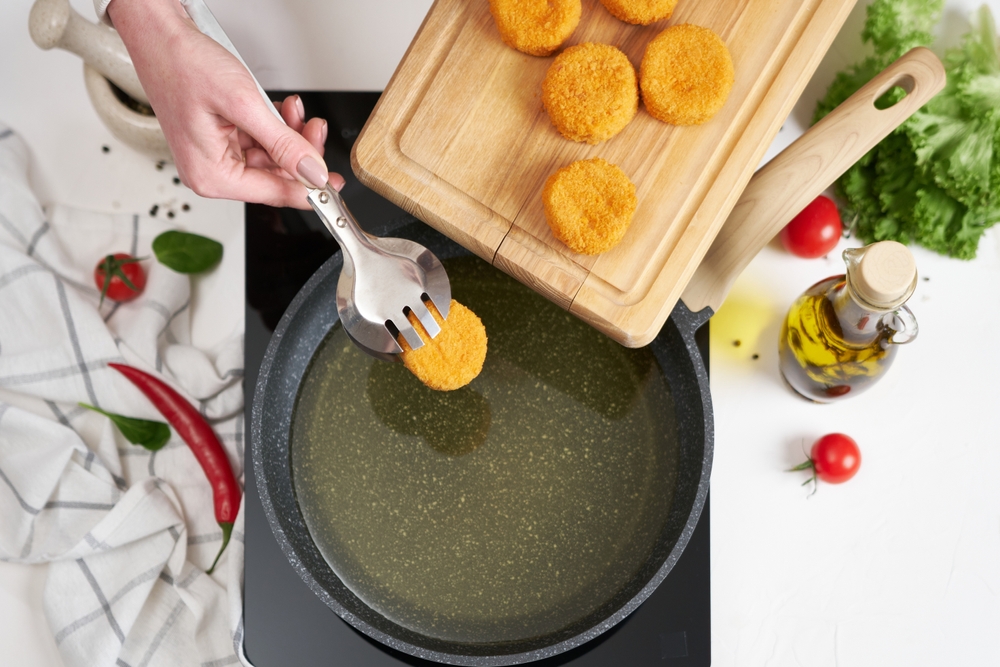
Cooking multiple batches without letting the oil return to its optimal temperature leads to uneven and greasy results. When new food is added, the oil temperature naturally drops, and failing to wait for it to recover can compromise the texture. Use a thermometer to monitor the oil and give it a few minutes between batches to reheat. This practice ensures that each batch cooks evenly and achieves the desired crispiness. Skimming off crumbs between batches also helps maintain clean oil and prevents burning.
Frying Food Without Preheating the Oil
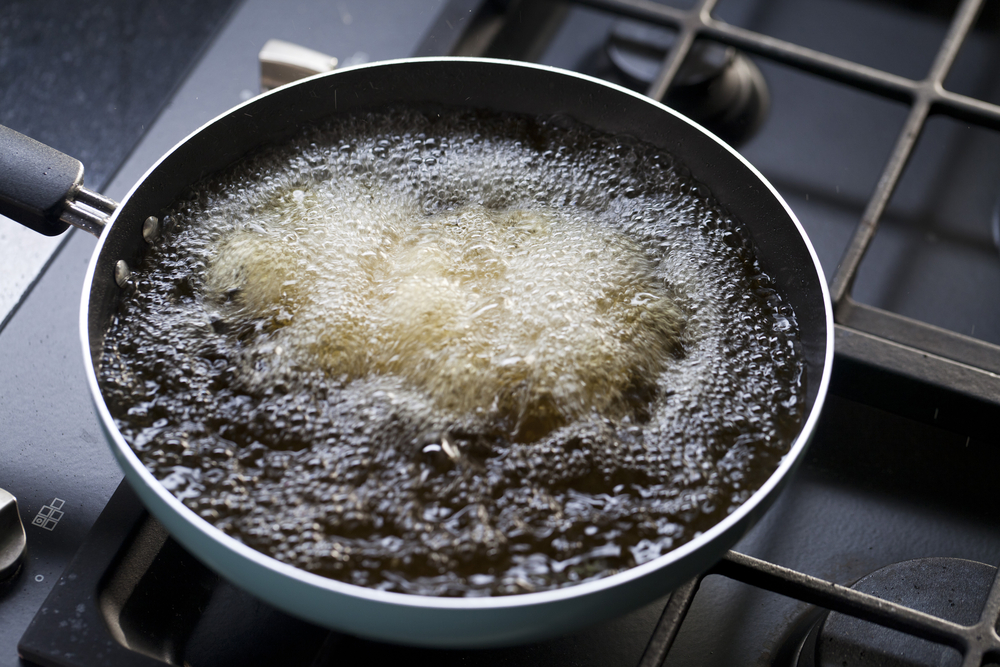
Starting to fry before the oil reaches the proper temperature is a major mistake that can ruin your food. Cold oil leads to excessive absorption, resulting in greasy and unappealing dishes. Preheating the oil to the required temperature, typically between 325°F and 375°F, ensures that the food cooks quickly and evenly, forming a crispy exterior. Use a thermometer to confirm the oil is ready before adding any food. If a thermometer isn’t available, test the oil by dropping in a small piece of bread—it should sizzle and turn golden in about 15 seconds.
This article originally appeared on RetailShout.
More From RetailShout
The World of Artisanal Chocolates and 15 Must-Try Delights

Nothing beats the joy of biting into a piece of chocolate crafted with care and creativity. Artisanal chocolates are more than just treats—they’re little works of art, made with passion and a focus on quality. Read More.
15 Korean Foods That Are Taking the Culinary World by Storm
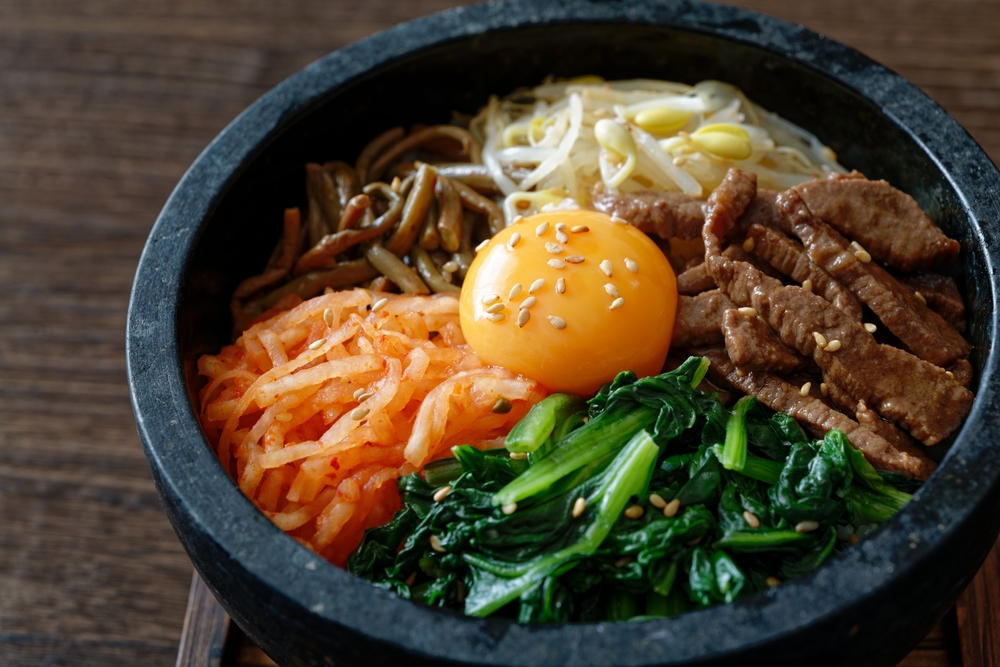
Korean cuisine has taken the culinary world by storm with its bold flavors, vibrant colors, and unique cooking techniques. From traditional comfort dishes to modern fusion creations, Korean foods are becoming a global sensation. Read More.
15 Incredible Asian Fruits You Won’t Find at Your Local Grocery Store
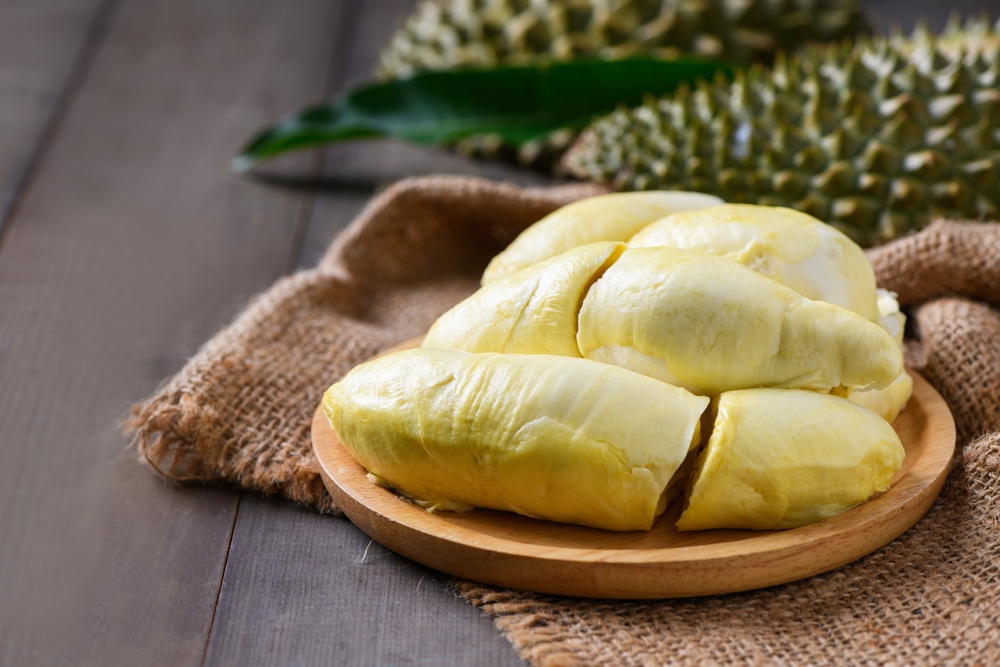
Asia is home to some of the most unique and delicious fruits that you won’t find in most grocery stores. These fruits come in all shapes, colors, and sizes, with flavors that range from sweet and juicy to tart and exotic. Read More.

